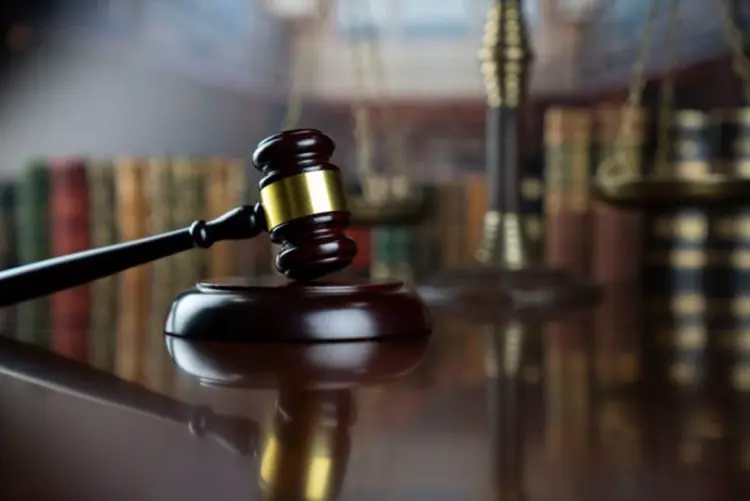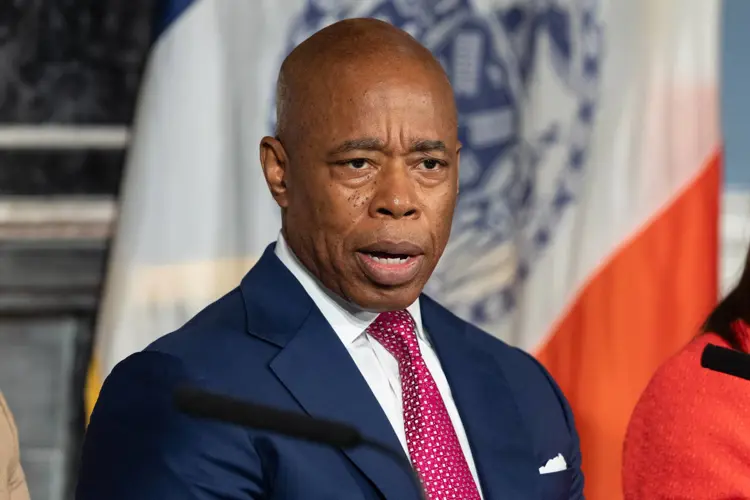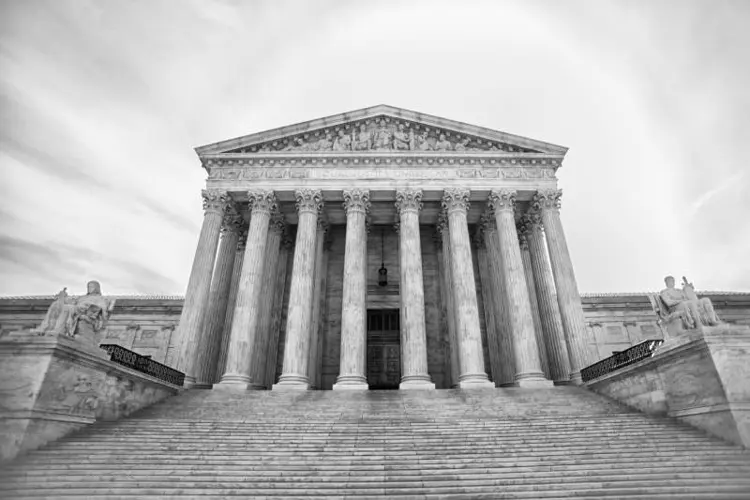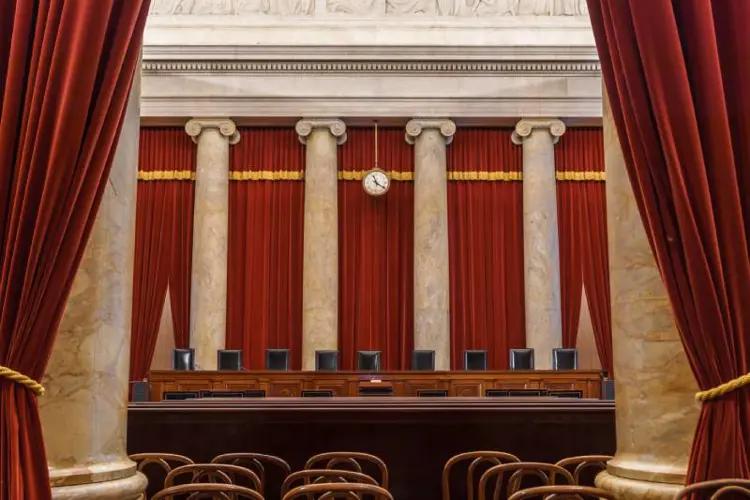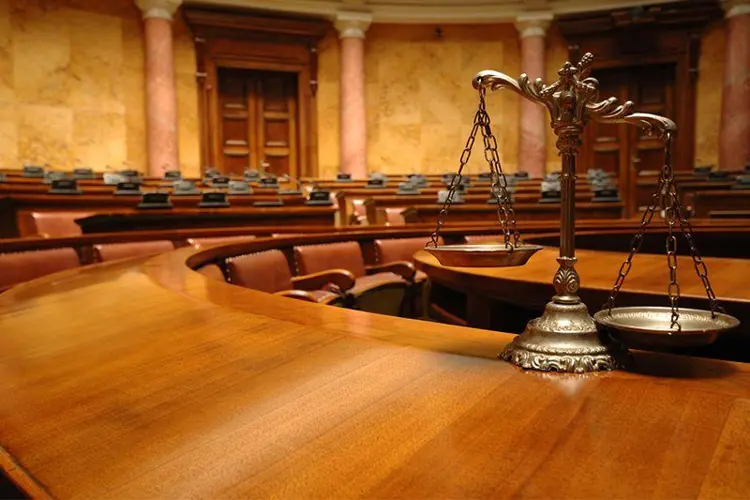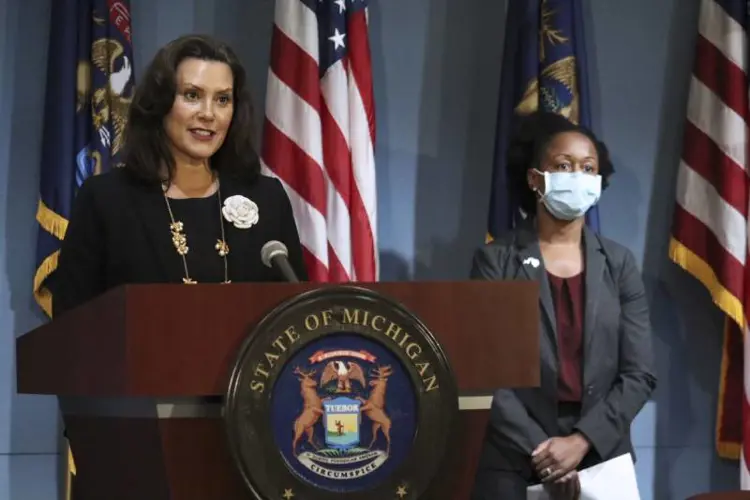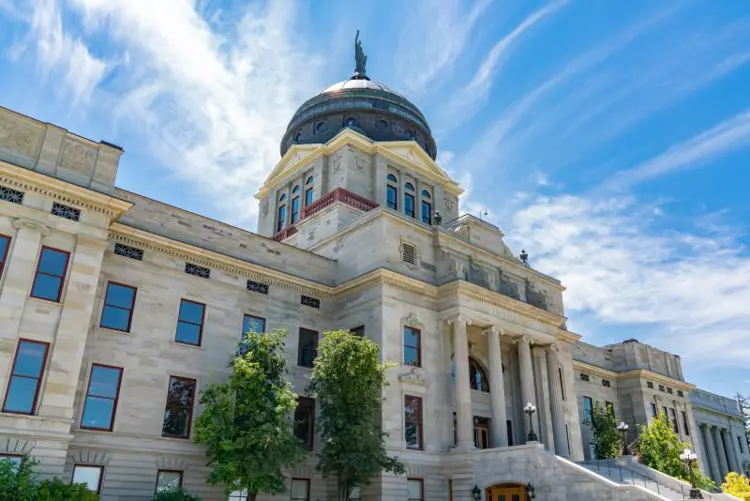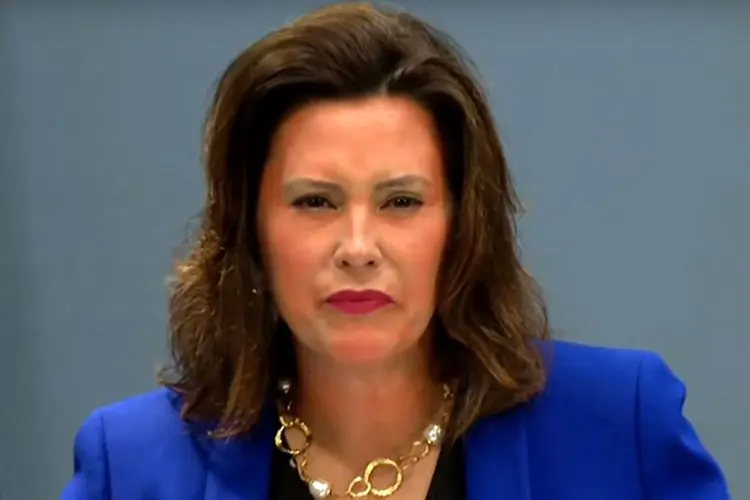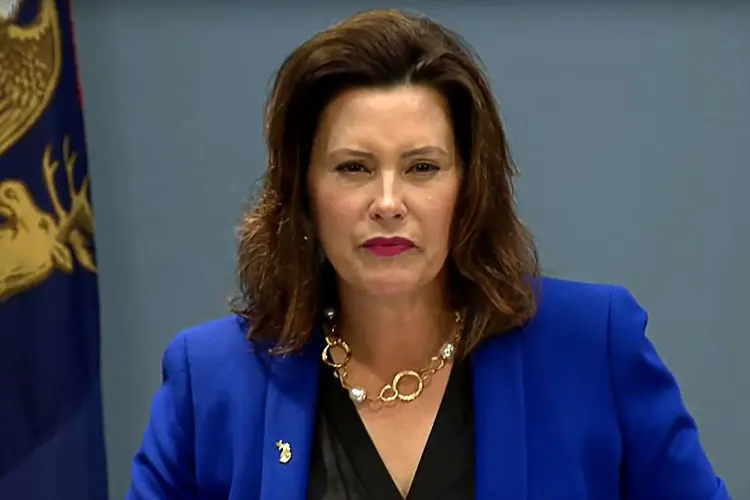Sunday New York Gov. Andrew Cuomo announced an “emergency executive action” to impose a ban on the sales of flavored vaping products (except tobacco and menthol). The ban could take effect as early as Oct. 4 and is expected to last for 90 days.
The stated reason for the vape ban is youth vaping and nicotine addiction, but Gov. Cuomo has also conflated black market THC oil products connected to the outbreak of severe lung illnesses with commercial nicotine vaping products in order to add a sense of urgency to his action.
"New York is confronting this crisis head-on and today we are taking another nation-leading step to combat a public health emergency," Governor Cuomo said in a statement. "Manufacturers of fruit and candy-flavored e-cigarettes are intentionally and recklessly targeting young people, and today we're taking action to put an end to it.”
Once enacted, the new emergency rule will give retailers two weeks to sell off existing stock, according to Long Island News 12.
The governor said he will also propose legislation next year to “prohibit advertising and marketing to young people,” and has directed the State Police to “partner” with the Department of Health to crack down on retailers who sell to minors. The state may even institute criminal penalties for sales to underage people.
“Vaping is dangerous,” Cuomo said at a press conference Sunday. “Period. No one can say long-term use of vaping—where you’re inhaling steam and chemicals deep into your lungs—is healthy.”
New York Department of Health Commissioner Howard Zucker will hold an “emergency meeting” with the state’s Public Health and Health Planning Council to institute the ban. The PHHPC is an obscure state agency, primarily responsible for creating the sanitary code and operating regulations for home health care and hospice, making decisions on establishment of new health care facilities and programs, and making recommendations to the commissioner “concerning major construction projects, service changes, and equipment acquisitions in health care facilities and home care agencies.”
The decision to involve the PHHPC in the vape ban was probably made because the governor could find no other legal way to do it. Also in the agency’s mandate: to advise the commissioner “on issues related to the preservation and improvement of public health.”
Gov. Cuomo has tried to ban vaping through executive action before, but his administration backed off, claiming the proposed rule was going through “one more round of legal review.”
The governor has backed legislation to ban flavors too, but the proposed bills have always stalled in the legislature. Apparently Cuomo believes he has found a winning strategy this time.
The move will almost certainly be challenged in court by independent vaping retailers and manufacturers. The New York State Vapor Association has been successful in preventing legislative attempts to restrict vaping products. But this new executive action will be a different kind of threat; it’s unlikely that pressure from vaping consumers and small businesses will change the governor’s mind.
The national trade organization most likely to participate in fighting the ban—the Vapor Technology Association—will have its hands full beating back multiple state bans while simultaneously pursuing its lawsuit against the FDA. The VTA recently lost its richest member when JUUL Labs quit the organization because it disagreed with suing the federal agency.
JUUL itself will not challenge the ban, since the governor is not prohibiting sales of tobacco and menthol flavors. Even if JUUL’s mint flavor is prohibited, the elimination of other companies’ offerings will give JUUL an incredible advantage over the few competitors that will survive. The company told the Associated Press that it will "will fully comply with local laws and the final FDA policy when effective."
New York vape shop owners were scrambling Sunday to learn if they could sell nicotine and flavorings separately. So-called “nic shots” have been used in other places to thwart rules aimed at restricting bottle size (the United Kingdom) or imposing taxes on nicotine-containing liquids (Chicago). The future of small New York vape businesses may depend on identifying such workarounds to the new rule.
Cuomo’s action follows a similar ban in Michigan, announced less than two weeks ago by Gov. Gretchen Whitmer. In Michigan, the Department of Health and Human Services can declare a public health emergency and impose a “temporary” ban of six months (and another six-month extension) without support from the state legislature.
More recently, President Trump announced last week that U.S. health agencies would also ban flavored vaping products. Trump seemed to back off slightly on his pledge after an avalanche of phone calls to the White House and tweets from angry vapers. But he hasn’t announced any change of plans yet.
The common denominator in all three bans is the public confusion over the national outbreak of lung injuries caused by adulterated black market THC oil cartridges. That confusion has been exacerbated by the CDC’s deliberate use of the term “e-cigarettes” to describe what cannabis users call oil pens, weed vapes, vape carts, and similar names. Conflating the two types of vaping products could cause serious consequences for both kinds of vapers.
The New York governor and health commissioner also tried to tie the recent outbreak to commercial nicotine vaping. “We need to tackle this as fast as possible,” health commissioner Zucker told reporters, explaining that his department had tracked 64 cases of lung disease. “We don’t need to repeat history.”
Gov. Cuomo said that “e-cigarettes and the vaping devices are often used to vape other substances—THC, Vitamin E acetate. And many of these other products have no controls on them whatsoever. So called counterfeit products, they are not cleared by the FDA. There has been no analysis of them at all.”
But New York health department scientists were among the first in the country to discover the connection between the lung injuries and vitamin E acetate, the thick, odorless agent used to dilute black market cannabis oil sold in cartridges across the country. And the governor is well aware that the state has issued subpoenas to three manufacturers of the dangerous (when inhaled) diluent.
The issue is not the counterfeit packaging used by illicit manufacturers, but the dangerous illegal products themselves. The reason people buy them is because New York State prohibits legal cannabis products. Cuomo didn’t announce any law enforcement actions to prevent New York citizens from being harmed by illegal THC products, or a new push to legalize and regulate cannabis products.
The epidemic of lung damage has been a godsend to vaping prohibitionists across the country, with many states planning new legal assaults on vaping products. POLITICO reported Sunday on renewed efforts to restrict vapes in Arkansas, New Jersey, Massachusetts and Utah. The anti-vaping forces are exploiting public concern over both youth nicotine use and the threat of lung damage to whip up public fear.
Like Michigan's Gov. Whitmer, Cuomo will not attempt to ban any combustible tobacco products. Smoking kills more than 28,000 people each year in New York.
The Freemax REXA PRO and REXA SMART are highly advanced pod vapes, offering seemingly endless features, beautiful touchscreens, and new DUOMAX pods.
The OXVA XLIM Pro 2 DNA is powered by a custom-made Evolv DNA chipset, offering a Replay function and dry hit protection. Read our review to find out more.
The SKE Bar is a 2 mL replaceable pod vape with a 500 mAh battery, a 1.2-ohm mesh coil, and 35 flavors to choose from in 2% nicotine.
Because of declining cigarette sales, state governments in the U.S. and countries around the world are looking to vapor products as a new source of tax revenue.
The legal age to buy e-cigarettes and other vaping products varies around the world. The United States recently changed the legal minimum sales age to 21.
A list of vaping product flavor bans and online sales bans in the United States, and sales and possession bans in other countries.







